Five most common houseplant pests and how to get rid of them
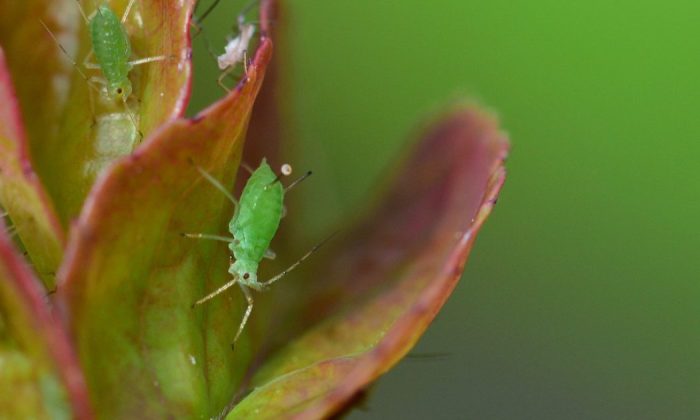
Pests and diseases are always bad and can easily destroy your plants. If you feel that one of your plants is not doing well, you should always isolate it from the healthy ones. Just to be on the safe side. The reason for the decline may not always be a poor care but pests, which can be very inconspicuous at first. So, if you are not sure, move the plant somewhere else. Growing plants at home is a joy, but it may also be healthy because some plants can clean the air in the room and you should definitely protect them.
Aphids
Aphids are one of the most common pests. Even though they usually attack garden plants, they can also attack indoor plants. Inside your house they have virtually no natural enemies and can spread freely. Aphids usually appear in groups on leaves, shoots and buds. This is good because you can notice them rather quickly. Aphids harm plants by sucking sap. Obviously, this weakens plants very much but they can also carry many diseases. To help the plant, try to wash the plant under a stream of water. This should be your first action. Try to remove as many aphids as possible by hand. After that you may use garlic decoction, onion peel infusion or a solution of water and vinegar (in a spray bottle) and apply it directly to the plant.
Spider mites
One of the most dangerous pests is a tiny spider mite. It lives on the underside of leaves and measures no more than 0.5 mm. It has a transparent body that is red, brown, yellow or green (depending on the species). First, you will notice small light spots on leaves, which gradually turn yellow. At this stage, you will also notice dense cobwebs on the underside of the leaves. Spider mites love heat and dry environments. To get rid of them naturally trylubricating leaves with a vegetable oil.
Thrips (Thysanoptera)
If you notice silvery shiny spots on the underside of leaves you can be almost positive that your plants got attacked by thrips. Leaves become rougher and small black impurities (faeces of this insect) may also appear. You need to intervene as soon as possible. Thrips like dry environment so the first thing you should do is to increase the humidity. You may rinse the affected plant in a shower or wash leaves with a damp cloth (you may add soap to make it more efficient).
Pseudococcidae
If your plants are attacked by these white bugs, also known as mealybugs, you will notice a whitish wool structures on your plant. They multiply very quickly and are therefore very dangerous as they may easily attack the surrounding plants. They feed on sap and weaken the plant significantly, causing a leaf drop. You must act as quickly as possible. If you want to try and natural way try washing the plant with soap and water (or dishwashing liquid). You can also use cotton swab soaked in strong alcohol.
Photo: Pixabay
Aleyrodidae
This flying pest, also known as a cabbage whitefly, lives underneath leaves and sucks the sap. As a result, leaves turn yellow, wilt and fall off eventually. You can get rid of them by spraying the plant with garlic decoction or extract. A good idea is to remove infected shoots first, providing that you will not cause too much damage .
Source: https://porady.interia.pl/rosliny-kwiaty-i-ziola/news-piec-najwiekszych-szkodnikow-roslin-doniczkowych-jak-je-zwal,nId,5561136
Preview photo: Pixabay

Gardening is my hobby, I have a lot of experience and I am happy to share it.
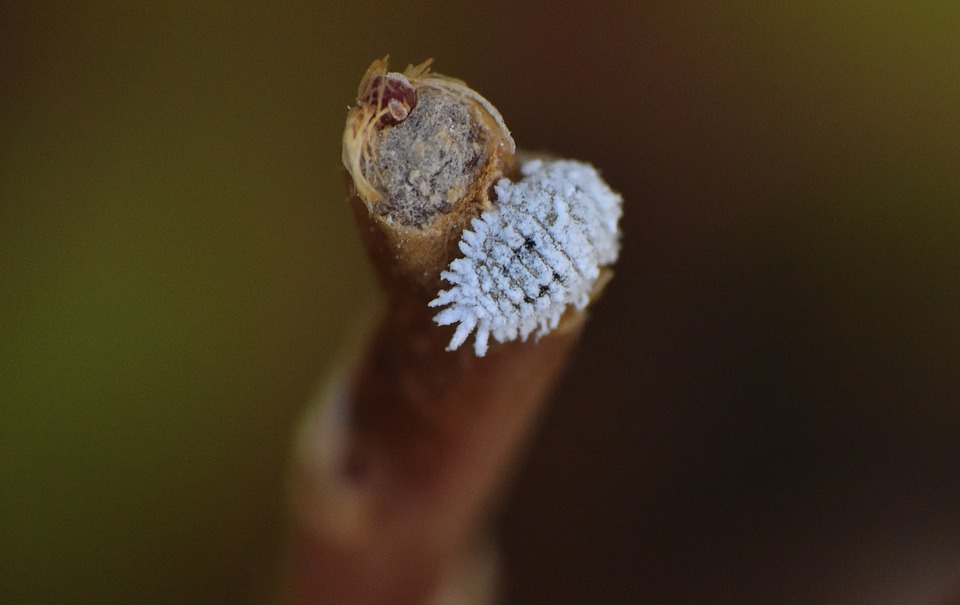


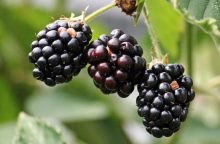
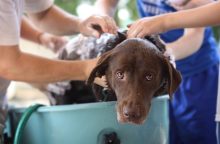
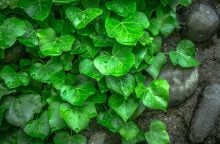
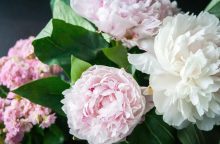
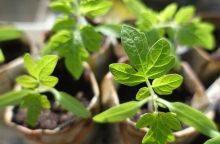
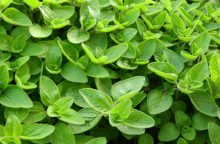
0 comments